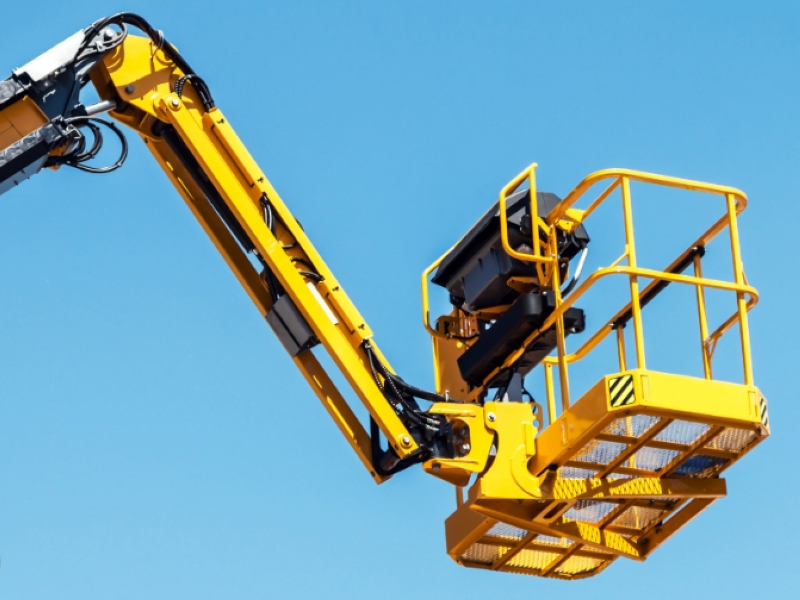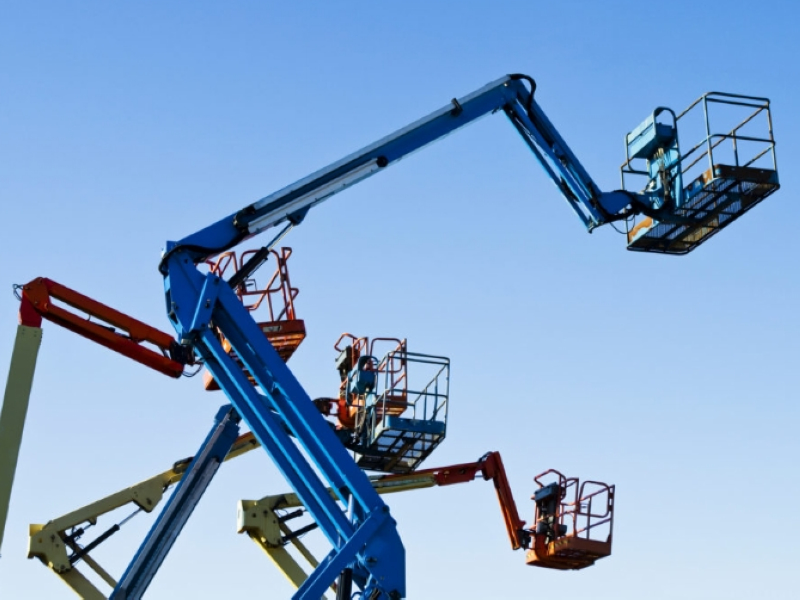Aerial work truck maintenance and repair work complement each other, the two in the actual operation of mutual penetration. In the regular maintenance process, we can often detect in advance that some parts or machinery is about to be damaged or failure of the tip, then you can take the opportunity to maintain the proper repair. Similarly, in the repair process, for the undamaged parts also need to carry out the necessary maintenance. So, how to maintain aerial work trucks in a scientific and effective way? The following are some specific maintenance and repair recommendations:

Hydraulic component maintenance
Keep the surface of the hydraulic components clean, minimize the number of times the hydraulic system is disassembled to prevent damage to the original or dirt infiltration. If you need to disassemble and inspect the hydraulic system, be sure to familiarize yourself with its structure first, record the number of parts removed and the installation location, avoid scratching or dirtying the parts, and parts with scratches or gaps should be discarded. Before assembly, clean the parts with gasoline or kerosene and dry them, then apply working oil.
Hydraulic oil selection
Choose the appropriate hydraulic oil according to the ambient temperature: use No. 46 anti-wear hydraulic oil above 15 degrees; use No. 32 anti-wear hydraulic oil below 15 degrees (but higher than -5 degrees) to ensure the normal operation of the hydraulic system and prolong the service life.
New vehicle and regular oil change
After 200 hours of use of the new operating truck, the oil tank and filter should be cleaned and replaced with new oil. Thereafter, under normal working conditions, clean and replace the oil every six months. In windy and dusty working environment, the oil change cycle should be shortened appropriately to keep the hydraulic system clean and efficient.
Oil tank and filter cleaning
Use kerosene or gasoline to clean the oil tank and filter, let it dry and then clean it with working oil once before filling it with new oil. When filling oil, do not remove the filter of the refueling port to prevent impurities from entering the hydraulic system.
Oil change operation
After the oil tank is filled with new oil, remove the oil return pipe and connect it to another container. Drive the oil pump, manipulate the handles in turn, so that the new oil will be the old oil in the system top out, until the whole system is full of new oil. Connect the oil return pipe back to the tank and replenish the new oil to the marked elevation to ensure that the hydraulic system has sufficient oil.
Hydraulic System Air Venting
If there is air in the hydraulic system, it may cause the cylinder to jump, climb, retract, make noise or malfunction. In this case, the cylinder can be made to reciprocate a few times, so that the oil and air together from the oil tank discharge, in order to restore the normal operation of the hydraulic system.
Oil temperature monitoring
Hydraulic oil tank oil temperature in the normal temperature shall not exceed 45 degrees. If the temperature rises too quickly, the work should be stopped to check whether the hydraulic system is clogged, whether the relief valve is out of order and whether the start pressure of each valve lock is correct, in order to prevent damage to the hydraulic system due to high oil temperature.
Oil pipe inspection and replacement
Often check whether there is obvious damage to the short pipe and steel pipe at each place, if so, it should be replaced immediately, and use the same kind of oil pipe and short pipe. When replacing, the holes must be descaled and cleaned to ensure that the oil pipe is connected tightly and without leakage.
Overhaul safety
When overhauling the hydraulic system, be sure to turn off the tank switch to ensure safety. In the process of overhauling, relevant safety regulations should be observed to prevent accidents.
Lubrication and Maintenance
Regularly lubricate all parts of the aerial work truck in accordance with the requirements of the model's instruction manual. Lubrication maintenance can reduce the wear and friction of the parts, prolong the service life, and ensure the normal operation of the aerial work truck.

Maintenance and repair of aerial work trucks is a detailed and important work, which is directly related to the service life of the equipment, work efficiency and the safety of the operators. Therefore, we must attach great importance to it and operate it in strict accordance with the specifications. Through regular maintenance and timely repair, we can ensure that aerial work trucks are always in good working condition, providing solid and reliable protection for various aerial operations.